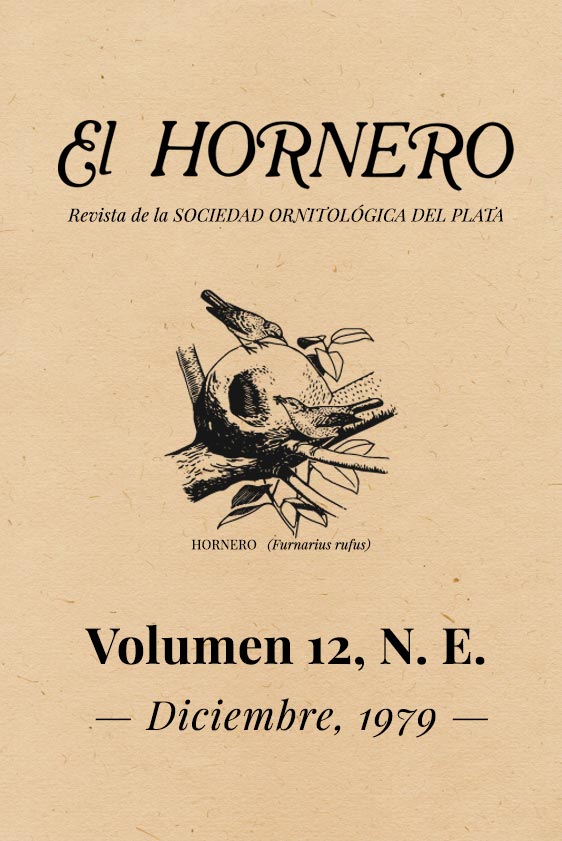Abstract
Because avian community organization of tropical wetland habitats in Amazonia is not well known, we conducted a preliminary study on a two-year old fallow rice field in coastal Guyana. Census of the field during July and August, 1974 found 31 diurnal species, a bird species diversity (H') of 3.22 and evenness (r) of 0.94. These values are probably the highest recorded. for a tropical non forested area. Community foraging utilization was diverse. Insectivores and omnivores dominated the primary food habit types but carnivorous, granivorous and nectivorous species were also represented. The bird community was dominated by species utilizing ground and water substrates for foraging and foliage gleaning was the dominant form of 8 types of foraging behavior recorded. Eighteen foraging guilds were found. Nine (50%) were represented by only 1 species. Factors accounting for high bird species diversity and guild richness are discussed. We propose high diversity in bird species and foraging utilization are the consequence of a highly productive system and the instability of adjacent habitats.
References
BOURNE,G.R.,1976.Black-belliedwhistlingduckutilizationofa riceculturehabitat.MESThesis,MiamiUnivcrsity,Oxford,Ohio.
--andD.R.OSBORNE,1978.Black-beUicdwhistlingduckutilizationofa riceculturehabitatInterciencÜl3:152-158.
CODY,M.L.,1966.Theconsistencyofintra-andinter-continentalgrasslandbirdspccicscounts.Amer.Nat.100:371-376,
GIGLIOLI,E.G.,1959.Crophistoriesandf"teldinvestigations,1951-l957.BritishGuianaRiceDeve-lopmentCo.,Ltd., Gcorgetown.
HOWELL,T.R.1971,AnccologicalstudyofthebirdsofthelowlandpinesavannaandadjaccntrainforestinnortheastcmNicaragua.l.illingBUd10:185-242.

This work is licensed under a Creative Commons Attribution-NonCommercial 4.0 International License.





